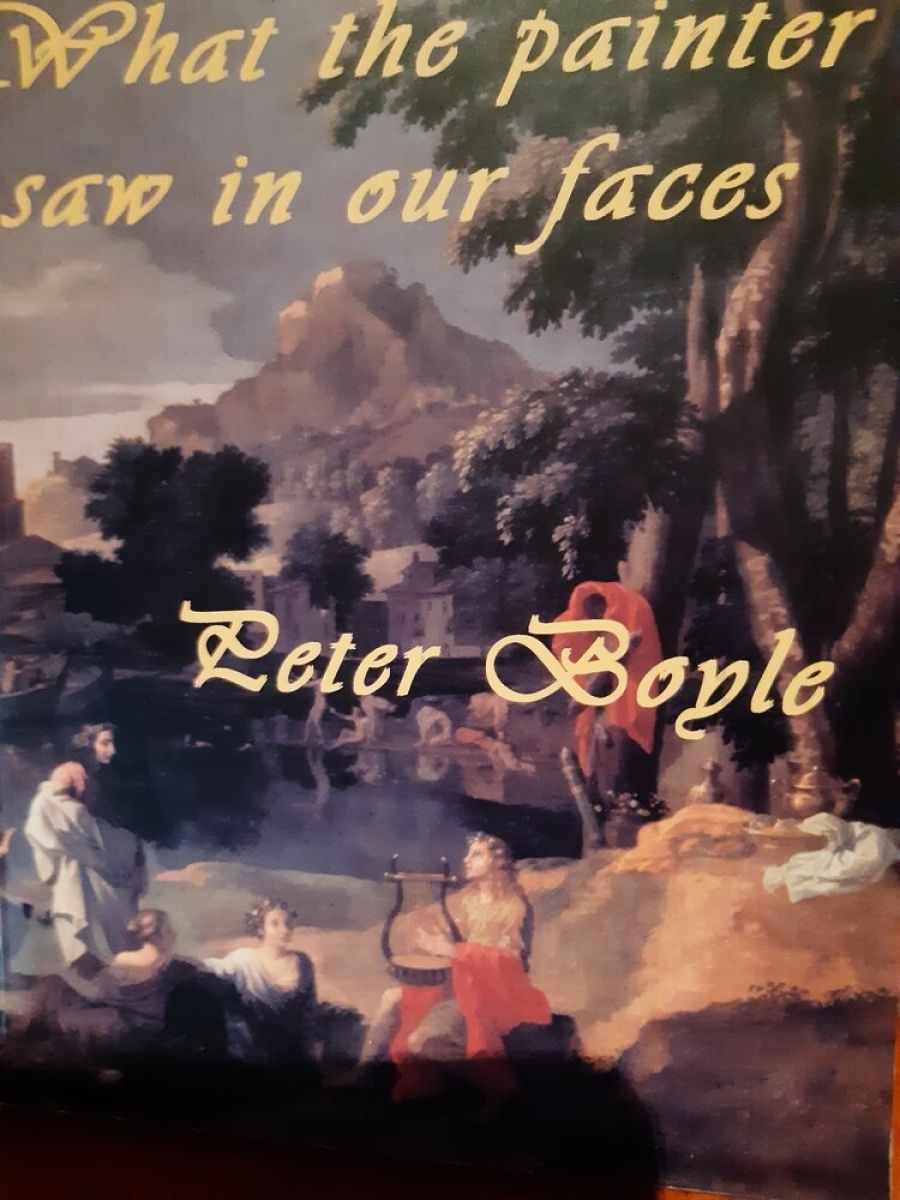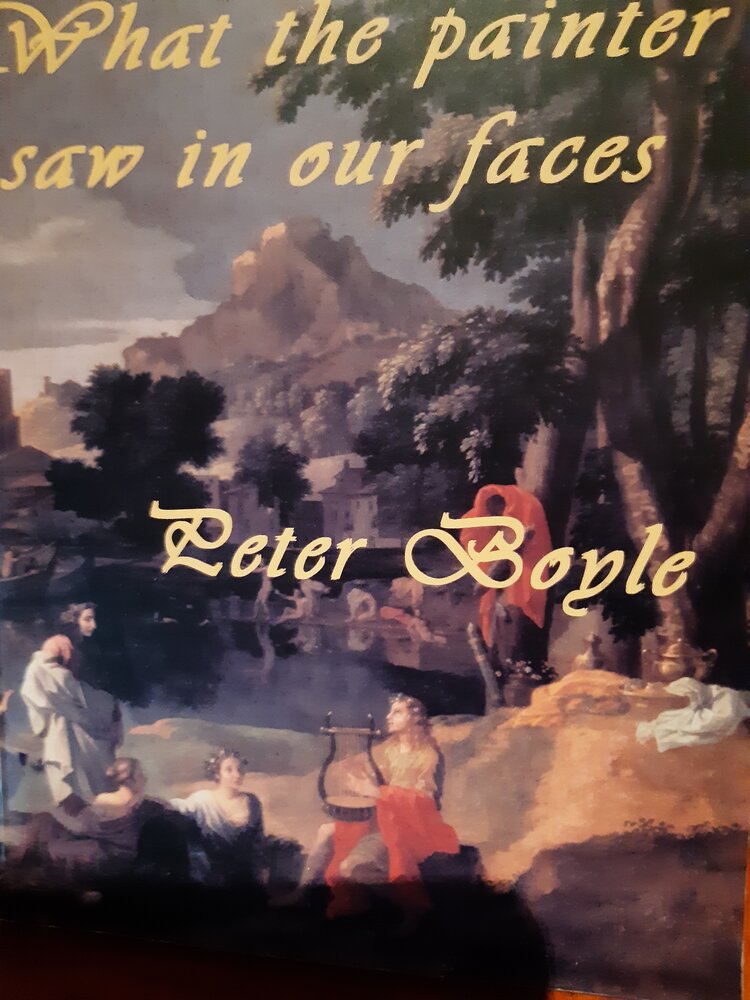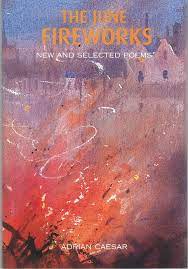
- Free Article: No
- Contents Category: Poetry
- Review Article: Yes
- Article Title: Two Faces
- Online Only: No
- Custom Highlight Text:
These two new collections are obverses in contemporary Australian poetry and show the opposing, but often interlocked, tensions between modernism and postmodernism. The poems in both books concern themselves with art’s capacity to create or suggest other worlds. Both use painting and the visual arts in dramatically different ways as metaphors and motifs. Both collections fragment and project the perceiving self into alternative ficto-autobiographies, but with different expectations of resolution. Both conjure up real worlds of political and institutional corruption on an international scale and pit moments of fragile subjectivity and domestic harmony against grubby injustice. Both register their authors’ age at around fifty. Caesar hankers after an ethical response; Boyle juxtaposes aesthetic possibilities. Caesar’s poetry is restrained, measured, spare; Boyle’s is crowded, insistent, histrionic.
- Book 1 Title: What the Painter Saw in Our Faces
- Book 1 Biblio: Five Islands Press, $16.95 pb, 109 pp
- Book 1 Cover Small (400 x 600):

- Book 2 Title: The June Fireworks
- Book 2 Biblio: Molongo, $22 pb, 88 pb
- Book 2 Cover Small (400 x 600):

The June Fireworks includes poems from two earlier collections, Hunger Games (1996) and Life Sentences (1998). The new poems begin with ‘Caravaggio’s Brushstrokes’, focusing on the triumphant Judith beheading Holofernes. It is a short, synecdochal piece in which the artist is seen to be powerful but destructive, caught and compromised by consequences.
Caesar’s poetry often reminds us of the difficult complexity of language and context (see his ‘fettled vowels’ from ‘Mancunian carpenters and Irish farmers’ in ‘Accents’). A constant sense of discomfiture and loss pervades his poetry.
The title-poem remembers childhood bonfires and fireworks creating a personal wonderland of display and excitement notionally removed from political and sectarian agendas. Here in Australia, ‘hooligans roam antipodean streets / on the Queen’s birthday weekend … until what’s left are tattered sticks / and empty cylinders’. Politics and religion are displaced in Australia by secular sociopathy, leaving only a wasteland detritus.
‘Easter Monologue’ deconstructs (more effectively than Dawe’s ‘and a good Friday was had by all’) the crucifixion scene, rejecting the conventional interpretation of salvation because of the way it creates ‘killers licensed by the state’.
In addition, The June Fireworks collects poems about the poet’s life, loves and family, eating and drinking (see ‘Still Life’, ‘Savoury’, and ‘Mersey Suite’). Indeed, in a more relaxed and playful mood, ‘Four Self-Portraits’ is impressive, especially the third, ‘Portrait in Charcoal’, where the smoky stick leads to a meditation on the cigarette as signifier which, rebelliously, Caesar endorses as an adolescent gesture against ‘dull maturity’. However, metaphysically, smoking suggests a more significant and menacing ritual: ‘... to draw anticipates / the crematorium’s tale.’
What the Painter Saw in Our Faces is Boyle’s third book of poems. His previous collections, Coming Home from the World (1994) and The Blue Cloud of Crying (1997), both won major awards. Beginning this latest book is like being taken through the consciousness-altering worlds of Blake’s The Marriage of Heaven and Hell: ‘The tree seen from the point of view of the roots is a grotesque monster of hair.’ Indeed, this first poem in the book establishes other recurring motifs, echoing Blake: the necessity and impossibility of language. ‘It’s difficult to live so long without words / … The most beautiful part of the night sky is something scribbled in its margin.’
At times, he writes hauntingly of real psychological terror. In ‘At the Centre of Our Lives’, we read:
Sometimes all the photographs in a room
turn suddenly empty …
And today we are putting on smiles
as if we don’t all walk around
with great unnamed holes through the centre of ourselves,
busily painting the sun on others’ ceilings
to warm the beginnings of their lives.
But Boyle’s poetry can only conjure, not respond to, political corruption; for example, in the ‘Prayer to Our Lady of Manaoag’ (Goddess Kannon in the Philippines) or ‘Japanese Poet on the Train to the Medellin Prison’. This latter is superbly poised, dramatising some of the techniques and sensibilities of Japanese poetry.
Boyle is especially good at deadpan black comedy – see his ‘Everyday’, where everything leads to death (mundanely and incongruously). There is, too, a masterful parody of the American contemporary poetry scene in ‘Nine ways of writing an American poem’.
Towards the end of the book, however, a rising strain of bleak surrealism blooms, as in ‘Jottings’. These prose pieces are cleverly macabre, as in the way sickness can take over a house and a person: ‘the bed had become an apparatus of the body’. We get a grotesque sense of ‘sharing a quiet monstrosity’, a creepy awareness of experiencing something in considerable particularity but without being able to attach meaning or value, as if we are living in the world of Peter Carey’s The Fat Man in History.
The title-poem concludes the volume magnificently. The poem imagines another vantage point for understanding our existence:
And all the time elsewhere
a still life was slowly, meticulously being painted
by an apprentice master of another galaxy,
his hand moving already on the far side of the next millennium
capturing here now
the narrow space of light we never learned sufficiently to value.
This is a really ambitious and, at times, disturbing poem, though, pace Beveridge, I think the poem’s compassion and magnificence become muted by its delight in its own cleverness, its rejection of actuality for artifice. I felt a little cheated.
Both poets hold out the prospect of poetry increasing human understanding, though Caesar is suspicious of the valuelessness of postmodernism (see ‘The Post-Modern Muse’: ‘I am the apotheosis of image / artist of jump-shot and sound bite / the work of my hands is manicure’). He is nevertheless often whimsical and resistant to closure. Boyle rejects modernism (see ‘Christ Visits Europe for the Winter Olympics’), but he does evoke both aspiration and loss.
Both collections are terrific to read: mature, elegant and engaging. They are, in many ways, different faces of the coin of our postmodern experience. Since meaning and value are always subjective we will choose our own face, and not always the same one. Or shall we toss for it?


Comments powered by CComment